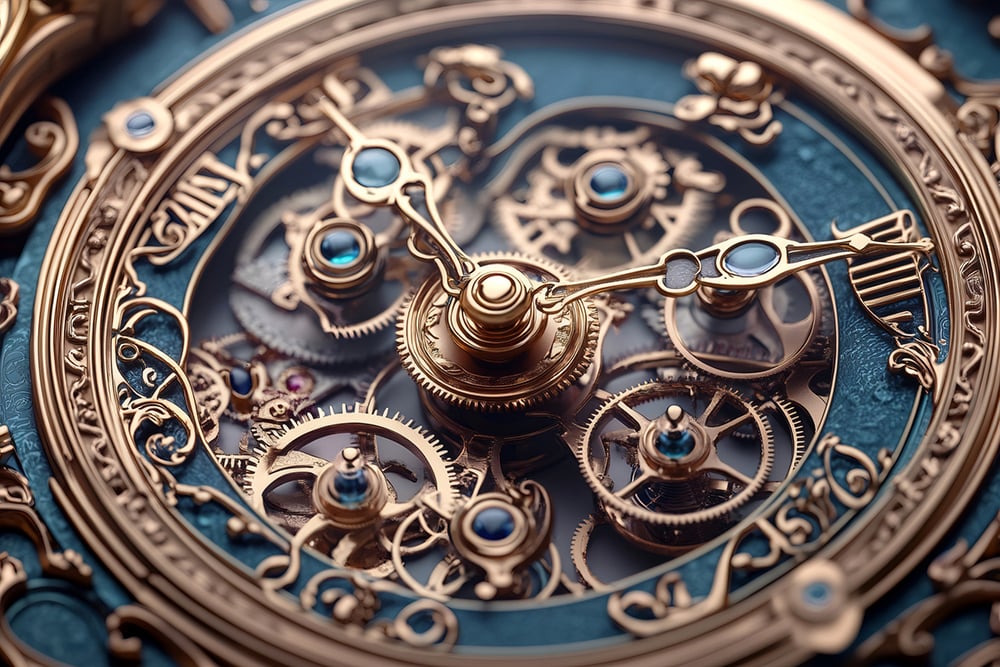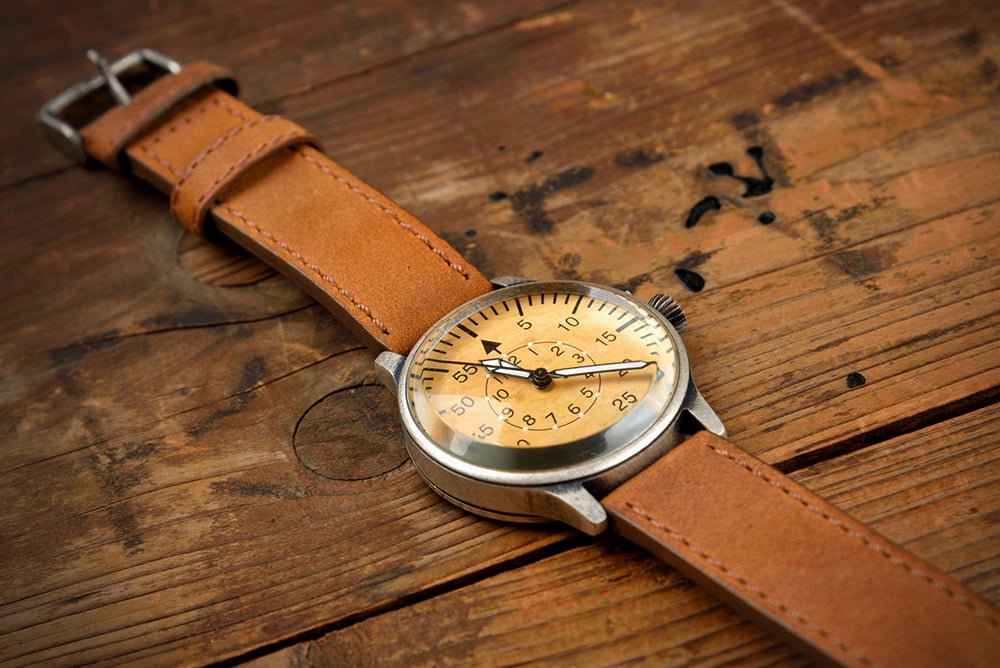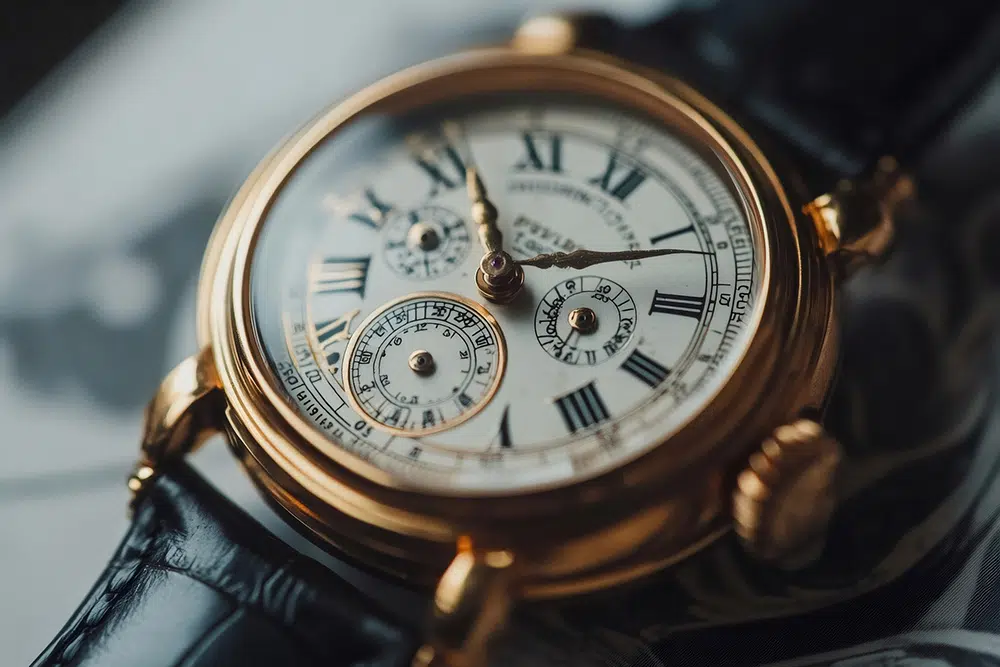The Allure of Vintage Timepieces
Vintage watch collecting represents one of the most sophisticated and rewarding pursuits in the luxury market. These mechanical marvels transcend mere timekeeping, embodying decades of craftsmanship, innovation, and cultural significance. For the discerning collector, vintage watches offer a unique combination of aesthetic pleasure, historical connection, and substantial investment potential.
The appeal lies not only in their intrinsic beauty but also in their scarcity. Unlike modern mass-produced timepieces, vintage watches carry the patina of time and the stories of their previous owners. Each piece represents a specific moment in horological evolution, making them irreplaceable artifacts of human ingenuity.
Understanding Market Dynamics
The vintage watch market has experienced remarkable growth, with certain pieces appreciating faster than traditional investments. This surge stems from increasing global wealth, growing appreciation for mechanical craftsmanship, and the finite supply of authentic vintage pieces.
Market trends indicate strong performance across multiple categories, from military-issued timepieces to elegant dress watches. The key lies in understanding which factors drive value appreciation and how to identify pieces with long-term potential.
Key Value Drivers
- Provenance: Documented history and notable previous ownership
- Rarity: Limited production numbers or unique variations
- Condition: Original components and preservation quality
- Brand heritage: Manufacturer reputation and historical significance
- Complications: Additional functions beyond basic timekeeping
Essential Brands for Serious Collectors
While numerous manufacturers produced exceptional timepieces throughout history, certain brands consistently command premium prices and demonstrate strong appreciation potential.
Swiss Powerhouses
Patek Philippe stands as the undisputed king of vintage collecting. Their perpetual calendars, minute repeaters, and simple time-only pieces regularly break auction records. The brand’s commitment to traditional craftsmanship and limited production ensures continued demand.
Rolex offers perhaps the most liquid vintage market, with iconic models like the Daytona, Submariner, and GMT-Master showing consistent appreciation. Their robust construction and widespread recognition make them excellent entry points for new collectors.
Omega provides compelling value propositions, particularly Speedmaster Professional models with space program connections and Seamaster variants with military provenance. These pieces offer significant upside potential at more accessible price points.
Independent Manufacturers
Smaller manufacturers often produced exceptional pieces in limited quantities, creating opportunities for astute collectors. Brands like Universal Genève, Heuer, and Zenith crafted sophisticated chronographs and complications that now command serious attention from connoisseurs.
Authentication and Condition Assessment
Successful vintage collecting demands expertise in authentication and condition evaluation. The market, unfortunately, contains numerous altered, restored, or outright counterfeit pieces that can devastate uninformed buyers.
Critical Examination Points
Begin with the dial, often called the “face” of the watch. Original dials display consistent aging patterns, correct typography, and period-appropriate materials. Replacement dials, even factory examples, significantly impact value.
Case examination reveals crucial information about originality and condition. Look for sharp edges, correct proportions, and appropriate hallmarks. Over-polishing represents a common issue that diminishes both aesthetic appeal and market value.
Movement inspection requires technical knowledge but provides definitive authentication. Original movements display manufacturer markings, correct jewel counts, and period-appropriate finishing techniques. Professional evaluation through respected horological resources can prevent costly mistakes.
Building Your Collection Strategy
Successful collectors develop focused strategies rather than acquiring pieces randomly. Consider your personal interests, budget constraints, and long-term objectives when formulating your approach.
Thematic Collecting
Many collectors focus on specific themes, such as military timepieces, racing chronographs, or dress watches from particular decades. This approach develops deep expertise while creating coherent collections with enhanced market appeal.
Geographic themes also prove compelling, such as American railroad watches or British military-issued pieces. These collections tell broader stories while potentially benefiting from regional market premiums.
Investment Considerations
While passion should drive collecting decisions, understanding investment dynamics enhances long-term satisfaction. Diversification across brands, periods, and price points reduces risk while maximizing appreciation potential.
Consider liquidity requirements when building your collection. Certain pieces, while exceptional, may prove difficult to sell quickly. Balance trophy acquisitions with more liquid investments to maintain portfolio flexibility.
Acquisition Channels and Strategies
Vintage watches appear through various channels, each offering distinct advantages and challenges. Understanding these markets enables strategic acquisition decisions.
Auction Houses
Major auction houses like Christie’s and Sotheby’s offer authenticated pieces with detailed provenance documentation. While prices may reflect market premiums, the authentication and condition reporting provide valuable security for significant purchases.
Regional auction houses sometimes offer exceptional value opportunities, particularly for less mainstream brands or unusual pieces that major collectors might overlook.
Specialized Dealers
Established vintage watch dealers provide expertise, authentication services, and often warranty protection. Building relationships with reputable dealers creates access to exceptional pieces before they reach broader markets.
Dealer relationships also provide ongoing support for maintenance, restoration decisions, and eventual disposition of pieces. This service value justifies premium pricing for many collectors.
Maintenance and Preservation
Proper maintenance preserves both function and value in vintage timepieces. However, restoration decisions require careful consideration, as inappropriate work can destroy originality and market value.
Service Philosophy
Adopt a conservative approach to restoration, preserving original components whenever possible. Replacement parts, even from the original manufacturer, typically reduce collector value significantly.
Document all service work thoroughly, maintaining records of replaced components and restoration decisions. Future buyers will appreciate this transparency and may pay premiums for well-documented pieces.
Storage and Insurance
Proper storage protects your investment from environmental damage and theft. Climate-controlled environments prevent moisture damage, while secure storage systems deter theft.
Specialized insurance coverage protects against loss while providing agreed-value protection that reflects current market conditions rather than original purchase prices.
Market Timing and Exit Strategies
Understanding market cycles enables strategic buying and selling decisions. Vintage watch markets experience periods of rapid appreciation followed by consolidation phases that create acquisition opportunities.
Develop exit strategies before acquisition, considering potential sale channels and timing. Some pieces benefit from immediate market liquidity, while others may require patient marketing to achieve optimal prices.
Future Outlook
The vintage watch market continues evolving as new collectors enter and generational preferences shift. Younger collectors increasingly appreciate technical innovation and racing connections, while traditional dress watches may face softer demand.
Digital authentication technologies and blockchain provenance tracking may revolutionize the market, providing enhanced security while potentially disrupting traditional dealer relationships.
Regardless of technological changes, exceptional vintage timepieces will continue attracting passionate collectors who appreciate mechanical artistry and historical significance. Building a thoughtful collection today positions you to benefit from this enduring appeal while enjoying the daily pleasure of owning horological masterpieces.
Success in vintage watch collecting requires patience, education, and disciplined decision-making. By focusing on quality over quantity and developing genuine expertise in your chosen areas, you can build a collection that provides both personal satisfaction and long-term investment returns.







